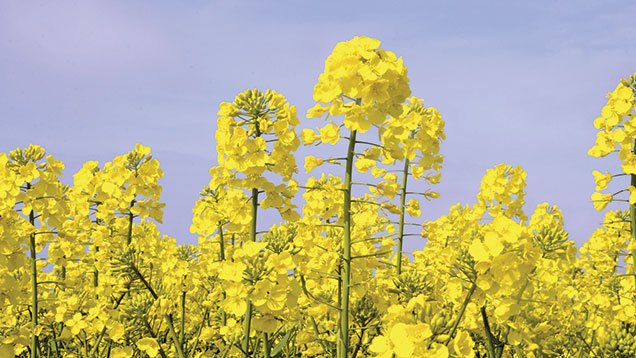Neonicotinoids ban cost farmers millions in 2015, study reveals
 ©Rex
©Rex Growers in England this year spent £22m using alternative chemistry to tackle flea beetle on winter oilseed rape crops following the ban on neonicotinoids, a study has found.
The independent study (pdf), published by Rural Business Research (RBR) on Monday (24 August), laid bare the financial cost of the neonicotinoid ban on oilseed rape crops on growers in England.
The study revealed that the total cost of alternative chemical use to control cabbage stem flea beetle (CSFB), a major crop pest of oilseed rape, was estimated at £7.8m.
See also: Study reignites debate over farming benefits of neonics
The estimated cost of the application of the chemicals was £11.4m, with replanting at around £0.7m. The total value of crop lost and not replanted was £2.3m.
About 240,000 litres of insecticide, mainly pyrethroid-based chemical, was applied to winter oilseed rape crops in England to combat actual, or predicted attacks of flea beetle.
In excess of 1.1m ha was estimated to have been sprayed against flea beetle, with 33,597kg of active substance used. This represents a 2.5-fold increase in the use of autumn insecticides in England to combat the threat of flea beetle, compared with 2013.
Cypermethrin was used by 50% of growers, followed by lambda-cyhalothrin (40%) and pymetrozine (11%).
Seventeen per cent of English growers reported suffering crop losses due to CSFB, with the crop area lost estimated at 16,000ha. This equates to about 3% of the area grown.
But in some areas, such as Essex, where crop losses were extensive, growers lost an estimated 11% of the total OSR area due to flea beetle attacks.
The winter oilseed rape (WOSR) area for 2015 in England is estimated to be 577,000 ha, 8% lower than 2014.
The main reasons growers cited for the reduction in WOSR area were “rotation”, then “price” with CSFB problems third in order of importance.

